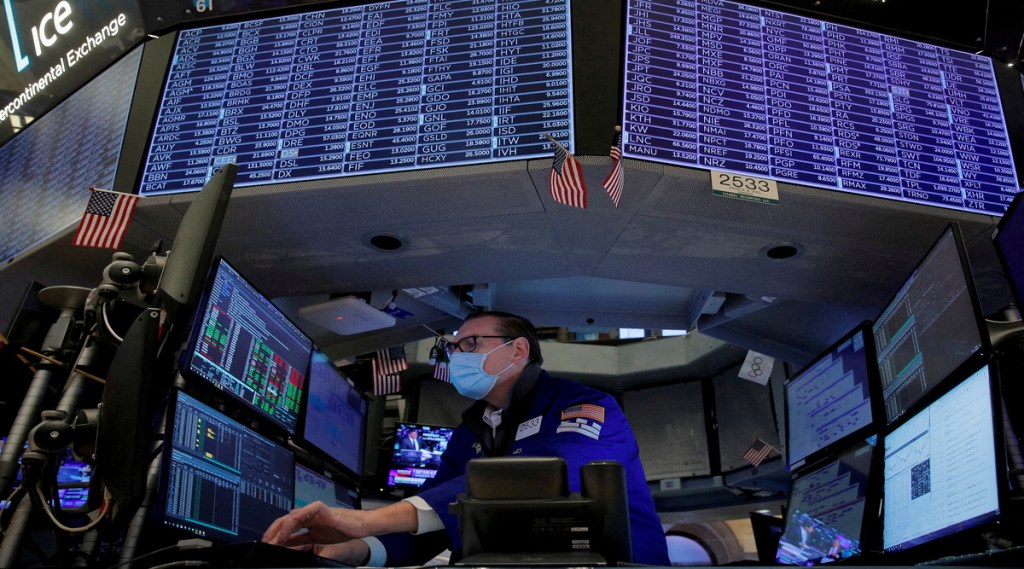U.S. equity futures rose Wednesday and bonds were under pressure as investors braced for the biggest Federal Reserve interest rate-hike since 2000 and awaited more clues on how pugnaciously it will tackle inflation.
S&P 500 and Nasdaq 100 contracts pushed higher after a second straight daily advance in U.S. shares during a choppy Tuesday. Stocks wavered in Asia amid a slide in Chinese technology firms in Hong Kong. Japan and China are closed.
Bonds wilted under a global wave of monetary tightening. Australia’s three-year yield jumped about 11 basis points to top 3.1%. That followed a mixed Wall Street session for Treasuries that left the U.S. 10-year yield just under 3%. Treasury futures fell. There’s no cash trading due to the Japan break.
A gauge of the dollar held near two-year highs. The greenback’s strength reflects caution over an array of risks spanning tightening financial conditions, China’s Covid lockdowns and Russia’s war in Ukraine.
The Fed is expected to raise rates by 50 basis points Wednesday and detail plans for the reduction of its balance sheet. Key for markets will be whether Chair Jerome Powell’s commentary contains any hawkish surprises that could stoke concerns about the threat of U.S. slowdown as borrowing costs climb.
“There is a difficult set up in general for risk assets” as valuations remain stretched despite a drop in equities, Kathryn Koch, chief investment officer for public markets equity at Goldman Sachs & Co. LLC, said on Bloomberg Television. She added that “some people think stagflation is a real risk.”
Half-point Fed moves are fully priced in by swaps traders for June, July and September — the most aggressive trajectory in three decades. Any indications that a bigger, 75-basis-point increase is a possibility could roil markets.
The latest U.S. data showed record levels of job openings and workers quitting in March, pointing to the prospect of higher wages feeding into price pressures.
“The Fed remains very focused on bringing inflation down, however, any further hawkish pivots will likely be tempered to some extent by the desire to achieve a soft landing,” Blerina Uruci, U.S. economist at T. Rowe Price Group Inc., wrote in a note.
In commodities, oil edged up to about $103 a barrel, while gold slipped toward $1,860 an ounce.
